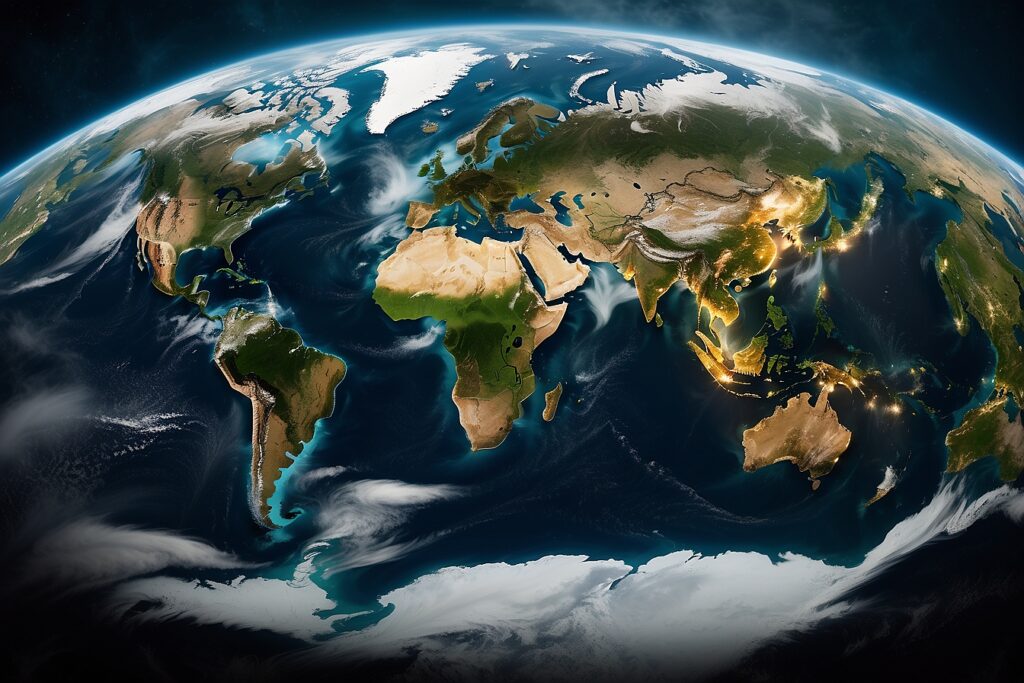As the Earth’s fever rises, casting its shadow on glaciers, coral reefs, and weather patterns, a beacon of hope shines from the international community: the Paris Agreement. Adopted in 2015 at COP21, this landmark agreement stands as a testament to global cooperation in the face of a shared threat – climate change.

Understanding the Core of the Agreement:
At its heart, the Paris Agreement aims to limit the global average temperature rise to well below 2°C above pre-industrial levels and pursue efforts to limit it to 1.5°C. This ambitious goal recognizes the devastating consequences of unchecked climate change, such as extreme weather events, rising sea levels, and mass extinctions.

Key Pillars of the Agreement:
The agreement rests on several key pillars that guide the actions of signatory nations:
- Nationally Determined Contributions (NDCs): Each country sets its own ambitious and concrete climate action plan, known as an NDC. These plans outline how each nation will reduce its greenhouse gas emissions and adapt to the impacts of climate change.
- Transparency and Accountability: To ensure progress and build trust, countries are required to regularly report on their emissions and climate actions. This transparency allows for peer review and encourages nations to step up their efforts.
- Support for Developing Countries: Recognizing the unequal distribution of financial resources and technological capability, the agreement promotes cooperation and financial support from developed countries to help developing nations combat climate change and build resilience.
- Regular Global Stocktake: Every five years, a global stocktake of collective progress towards the agreement’s goals is conducted. This mechanism allows for course correction and ensures that nations are collectively on track to achieve the temperature targets.

Progress Achieved, Challenges Remain:
Since its adoption, the Paris Agreement has seen significant progress. Over 196 countries have signed and ratified the agreement, representing nearly 99% of global greenhouse gas emissions. Many nations have strengthened their NDCs and invested in renewable energy, energy efficiency, and sustainable practices.
However, challenges remain. Current emission reduction pledges are still not enough to reach the temperature goals, and significant gaps exist in financing and technology transfer to support developing countries. Additionally, political and economic hurdles can impede the swift implementation of climate action plans.
The Road Ahead: Collective Action for a Sustainable Future:
The Paris Agreement remains a vital framework for global climate action. To fully realize its potential, continued efforts are crucial:
- Strengthening NDCs: All countries must regularly update and enhance their NDCs with more ambitious emission reduction targets and concrete action plans.
- Scaling Up Finance: Developed nations must fulfil their commitment to providing $100 billion annually in climate finance to support developing countries.
- Accelerating Technology Transfer: Sharing green technologies and expertise is essential to ensure equitable and effective climate action across all nations.
- Engaging Stakeholders: Civil society, the private sector, and indigenous communities must be actively involved in climate action planning and implementation.
A Call to Action for Everyone:
The Paris Agreement is not just a treaty; it’s a global movement for a sustainable future. Every individual, organization, and government has a role to play in making it a success. We can choose to invest in renewable energy, adopt sustainable practices, advocate for climate action policies, and hold our leaders accountable.

By working together, we can harness the power of the Paris Agreement to build a future where clean air, stable ecosystems, and a thriving planet are not distant dreams, but a reality enjoyed by all.

Leave a Reply